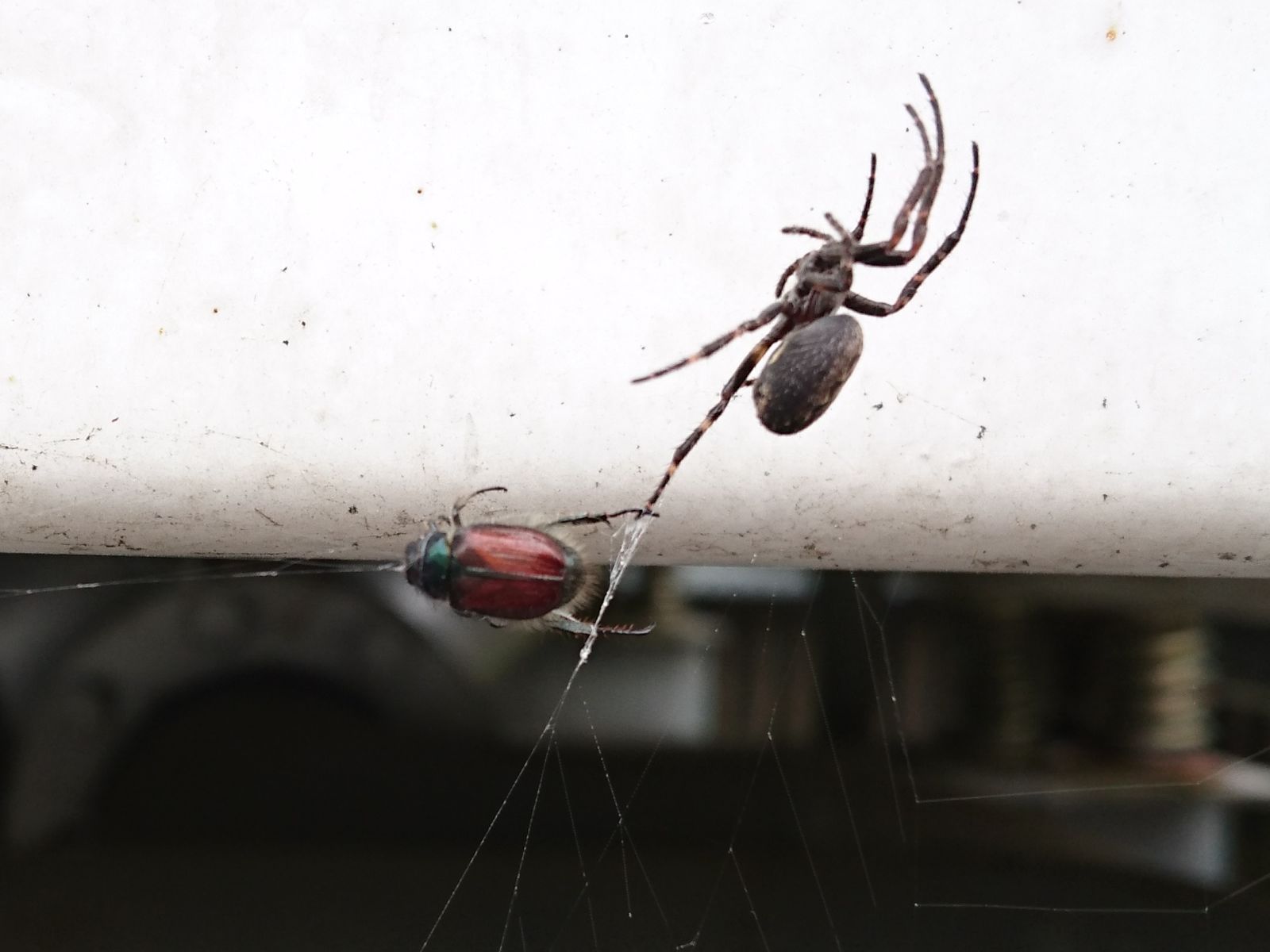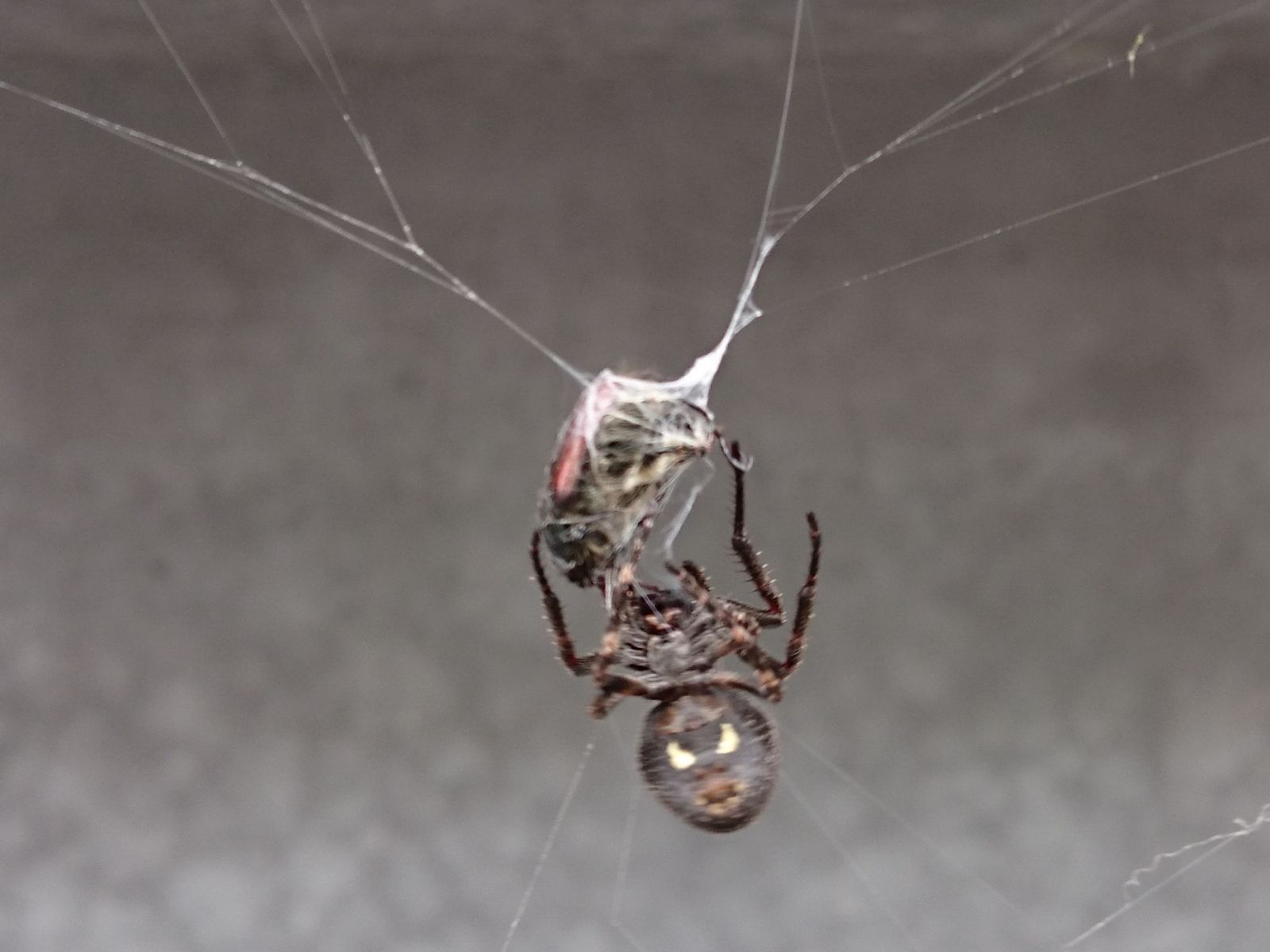Looking at preserved human heads in formaldehyde was not one of the most enjoyable experiences during my studies. One gets accustomed to pretty much anything but looking at someone’s actual face with removed skin is very disconcerting.
Drawing faces is one area where my skill is seriously lacking. I do not have problem recognizing people or remembering their faces, but I have great trouble picturing or recalling human face in my mind, and as a consequence I have trouble drawing it. Even when my drawing skills were at their best, I would not be able to draw an identikit. I also have trouble describing people verbally, there is some disconnect in my head between recognizing someone and remembering how they look like. I can be way over my head in love with a person, yet I would not be able to tel the color of her eyes unless I make conscious and targeted effort to remember it.
Regarding this the interesting experience is not the study of anatomy, but the study that I attempted afterward – study of arts. During the practical part of admission exams we were given a bust of Goethe to draw and I broke cold sweat. I would prefer to draw anything else but a human face.
I have passed, but only just. Therefore I could not enlist in my preferred program because It filled with people with much better scores, and I had to settle in my secondary choice. That was in the end one of the reasons why I abandoned these studies after one year, respectively that has made the inevitable decision a lot easier.


























